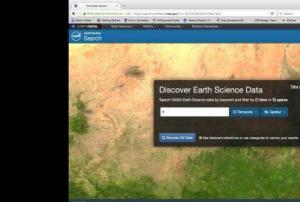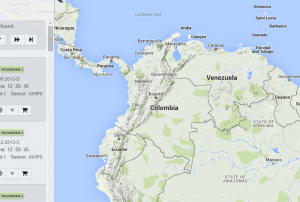Terremoto
Definition
Facts and figures
Further information
UN-SPIDER Regional Support Offices with hazard-specific expertise
Related content on the Knowledge Portal
- Publishing institution:
- Publishing institution:
- Publishing institution:
- Publishing institution:
- Publishing institution:
- Publishing institution:
- Publishing institution:



